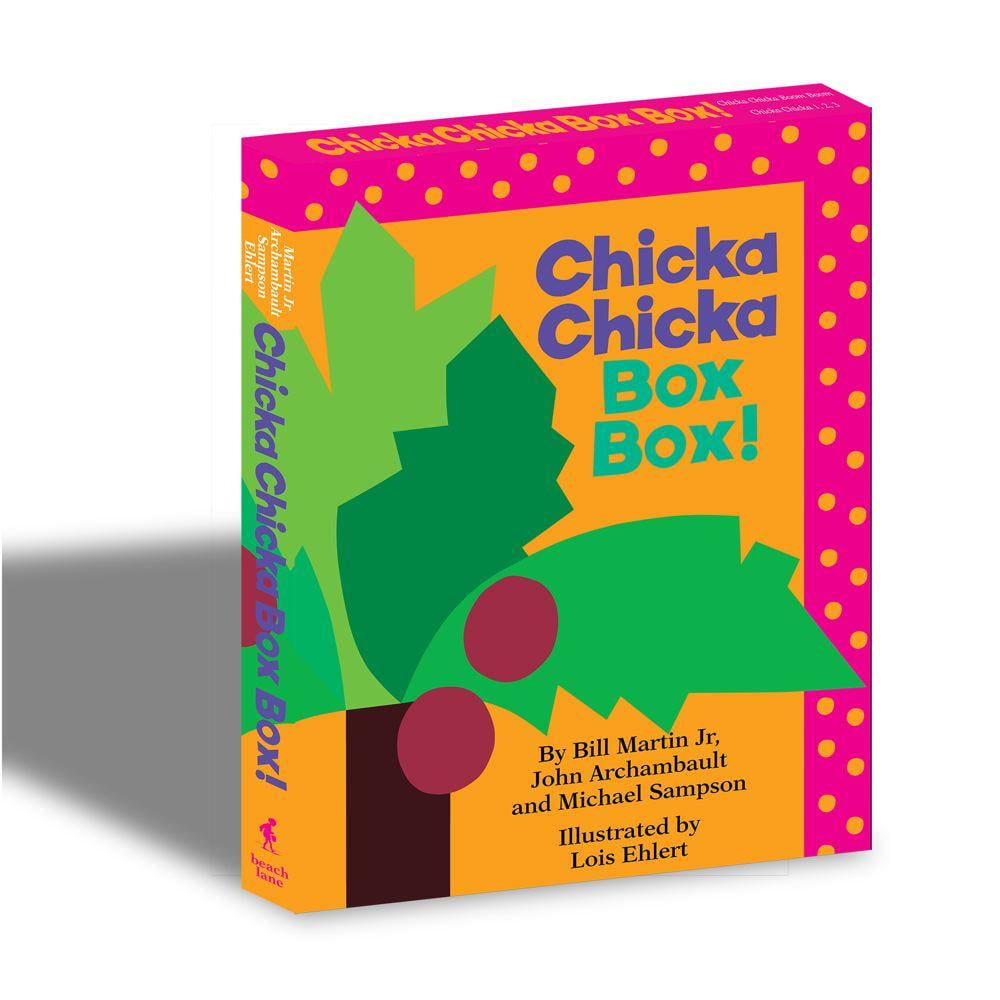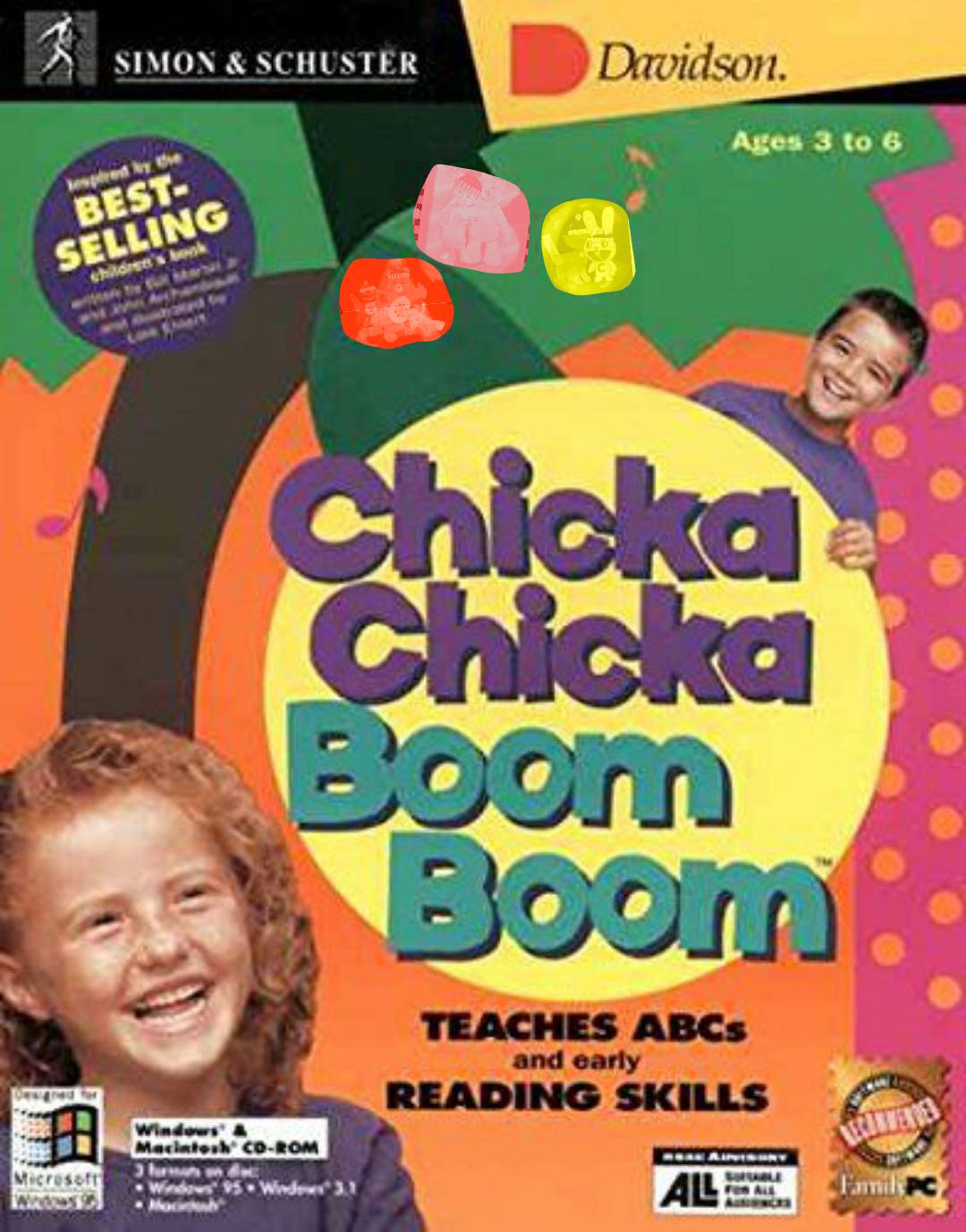

Preschoolers enjoy building projects with shapes cut out of paper.“That rectangle has four, long straight sides! This square has four sides too, but they are shorter than the rectangle.” Toddlers love to play with shape puzzles! Describe the shapes as your toddler picks them up.Talk as you play, “This ball is round, now it is rolling on the ground.” Play ball with your baby! Using a soft ball, gently roll the ball to your baby.Wow, the letter “O” looks like a circle! Is there a triangle hidden in letter “V”? Support your child’s Alphabet Knowledge by providing tactile experiences with shapes: Play with shapes! Researchers have found that children identify letters by their shapes. B is for Box: The Happy Little Yellow Box, a pop-up book by David Carter.Ask your child, “Then, what happened?”Īctivity 4: Discover more alphabet books at your local Pima County Public Library! Can you find the Band-Aid on patched up “F”, or the loose tooth on letter “T”?Īctivity 3: Add movement and dramatic flair as you retell the story! After sharing the book, invite your child to act out the story: pretend to climb the tree lean way over to the side, like the letter laden tree and fall to the ground along with the letters. (Lay the letters out on the floor to spell the name.)Īctivity 1: As you read the story, invite your child to say the repeated phrase, “Chicka, Chicka, Boom, Boom!” Clap your hands twice as you say “Chicka Chicka,” and stomp your feet twice as you say “Boom Boom!”Īctivity 2: Engage your child by asking questions throughout the story: “What do you see on the cover?” “What do you think will happen next?” “Why is the tree leaning over?” Be sure to look for the cute little details in the illustrations. Hold up each letter as you cheer about it. Write the letters of your child’s name on separate pieces of paper. This will help match the name of the letter to its written shape.Īctivity 2: Cheer for your child! Introduce the letters in your child’s name by singing a name cheer. Even so, the traditional alphabet song is fun to sing! To make a more meaningful connection, point to each letter in the front cover of Chicka Chicka Boom Boom as you sing the alphabet song with your child. Using the alphabet letters in Chicka Chicka Boom Boom, point out the letters in your child’s name with a lot of enthusiasm.Īctivity 1: Now I know my ABC’s! Reciting letters in a song does not necessarily mean that your child understands the alphabetic principle. Explain to your child that the big letter “A” is the same as little “a.” In the story, the Mommy and Daddy letters are the bigger uppercase letters while the babies are the little, lower case letters.Īctivity 2: Children are usually interested in learning the letters in their name first, since they can connect with those letters in a meaningful way. Before learning to read, children must develop an awareness that each letter has its own unique name, sound and shape and that the same letter can look different.Īctivity 1: Before reading Chicka Chicka Boom Boom, open the book to the inside cover page showing the uppercase and lowercase alphabet. The more we have fun with our children looking at, playing with, and talking about letters, the easier it will be for them to develop an important early literacy skill called Alphabet Knowledge.

How confusing! Learning the letters of the alphabet is quite a challenge. The letter “b” looks like an upside down “p” which looks like “q” turned around. Flip, flop, flee!” Won’t you read this book with me? Chicka Chicka Boom Boom features lowercase alphabet characters who climb up a coconut tree, but then there is a catastrophe! “Skit, scat, scoodle-doot.

This action packed book provides a great introduction to lowercase and uppercase letters of the alphabet in a fun rhythmic story. and John Archambault and illustrated by another brilliant author/illustrator, Lois Ehlert. This month’s book selection, Chicka Chicka Boom Boom, is written by two authors, Bill Martin Jr. This Month’s Book: Chicka Chicka Boom Boom


 0 kommentar(er)
0 kommentar(er)
